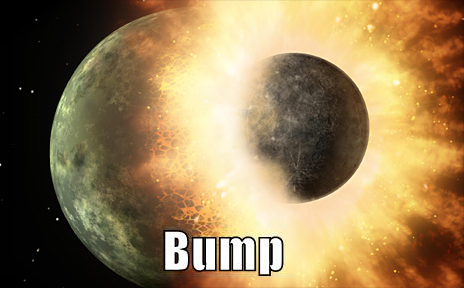Pappa wrote:The archaeology doesn't back that up mistermack. The concept of using tiny flakes to make weapons and tools is a relatively late one. Prior to that people created an object from a larger piece of flint, modelling it on a mental template. Waste flakes were usually just left in piles on the floor. Footprint shapes have even been found where the flakes fell around the feet of the flint-knapper. Waste flakes generally don't show signs of use either.
I would expect that to be the case for most of history, when a hand-axe was being made and there was no known use for the flakes. But you would think it logical that flakes were originally the waste from making hand-axes, that were experimented with.
I would imagine that scraping and cutting a skin would have been a very early use, as well as scraping meat off bones. Once these uses became a valuable asset, you might then get flakes being produced just for their own sake. It might be the case that using smaller flakes for working skins was the way that the skills developed of fixing them to wood.
They might have been using bits of wood to push the blade, to stop their hands getting sore.
From there you might choose a bit of wood with a split in it, that would keep the blade steady as you worked. You then have the beginnings of a knife. Much lighter to carry, and easier to replace, than a hand axe.
A hand axe would have the disadvantage of being heavy and hard to keep sharp. Flakes are sharper, and you can replace them easily if they go blunt or break.,
Once the techniques for fixing a blade into wood were improved, they could progress to very rudimentary spear points, before sophisticated stuff like the Clovis Point was invented.
It's a while since I read up on stone tools, but I do remember that the skills level varied widely, from area to area. Some societies making progress, others sticking to very old technologies.





